Home » 2021
Checking for null values in JavaScript, With Examples
What is null in JavaScript, and how can you check if a value is equal to null? Read on to find out. What is Null? Null is a term with a special meaning in computing and computer programming. Null is not 0 (zero). Null means that something has no value. Zero is a value (a number). An empty string has a value (though sometimes called a null string, they aren’t null). A variable with a value of null is considered to be empty. It is not undefined – it has been defined … Read more


![How to Remove Duplicates From an Array in JavaScript [Examples] 2 Javascript Remove Duplicates from Array](https://cd.linuxscrew.com/wp-content/uploads/2021/09/javascript-remove-duplicates-from-array-feature-300x194.jpg)
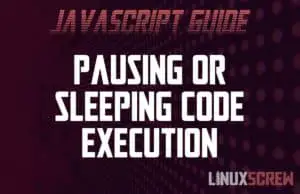
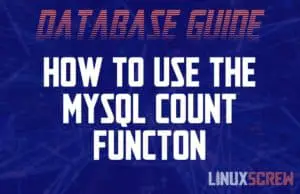
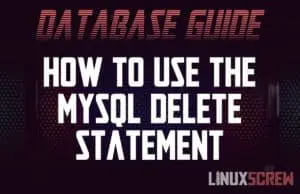
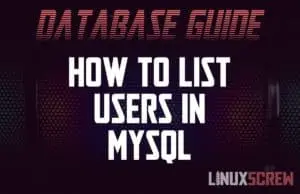
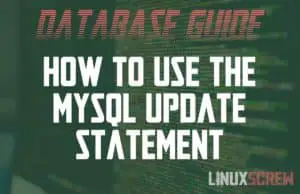

![Merging/Combining Arrays in PHP with array_merge [Examples] 9 PHP array_merge](https://cd.linuxscrew.com/wp-content/uploads/2021/09/php-array_merge-feature-300x194.jpg)
